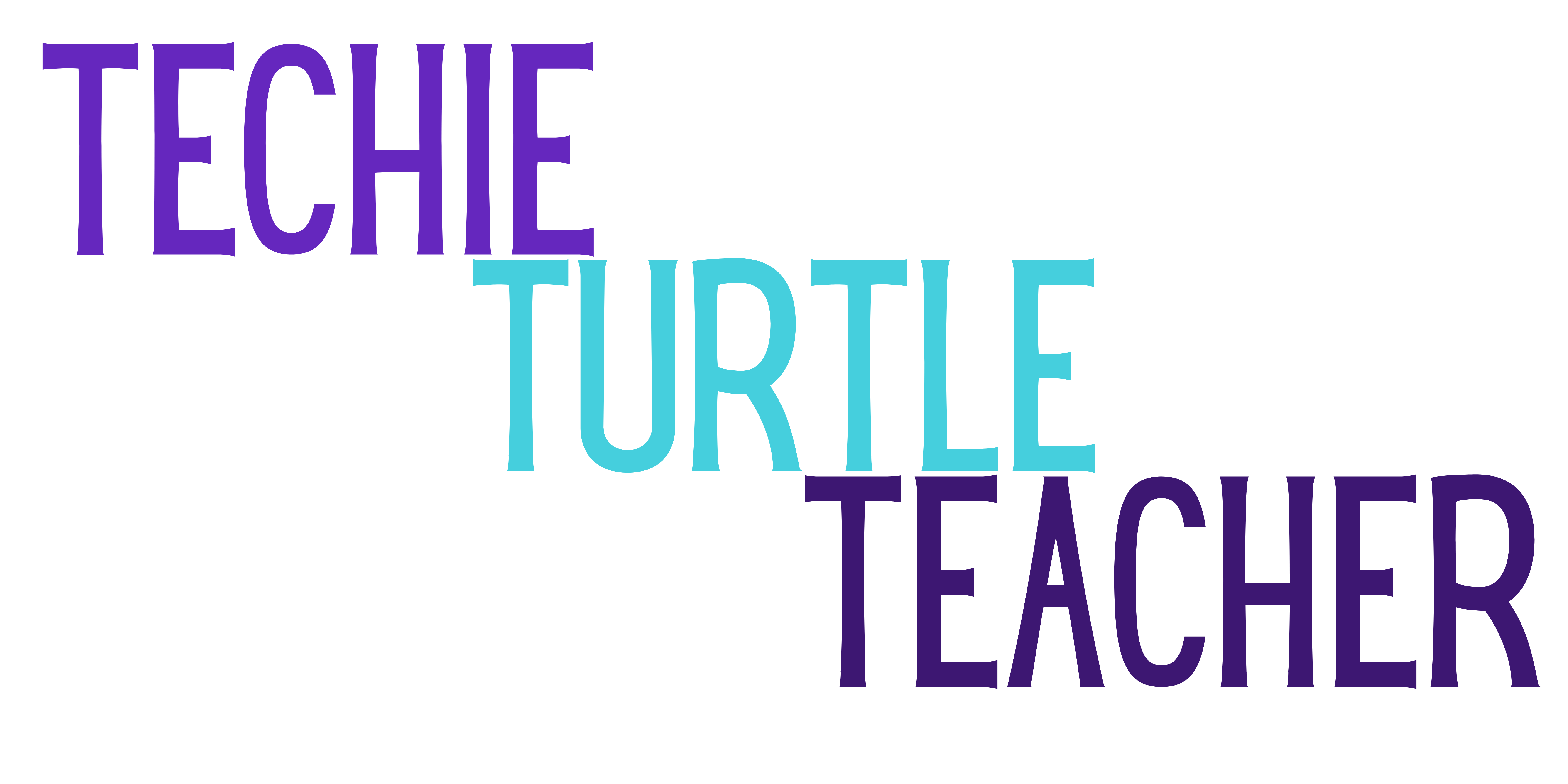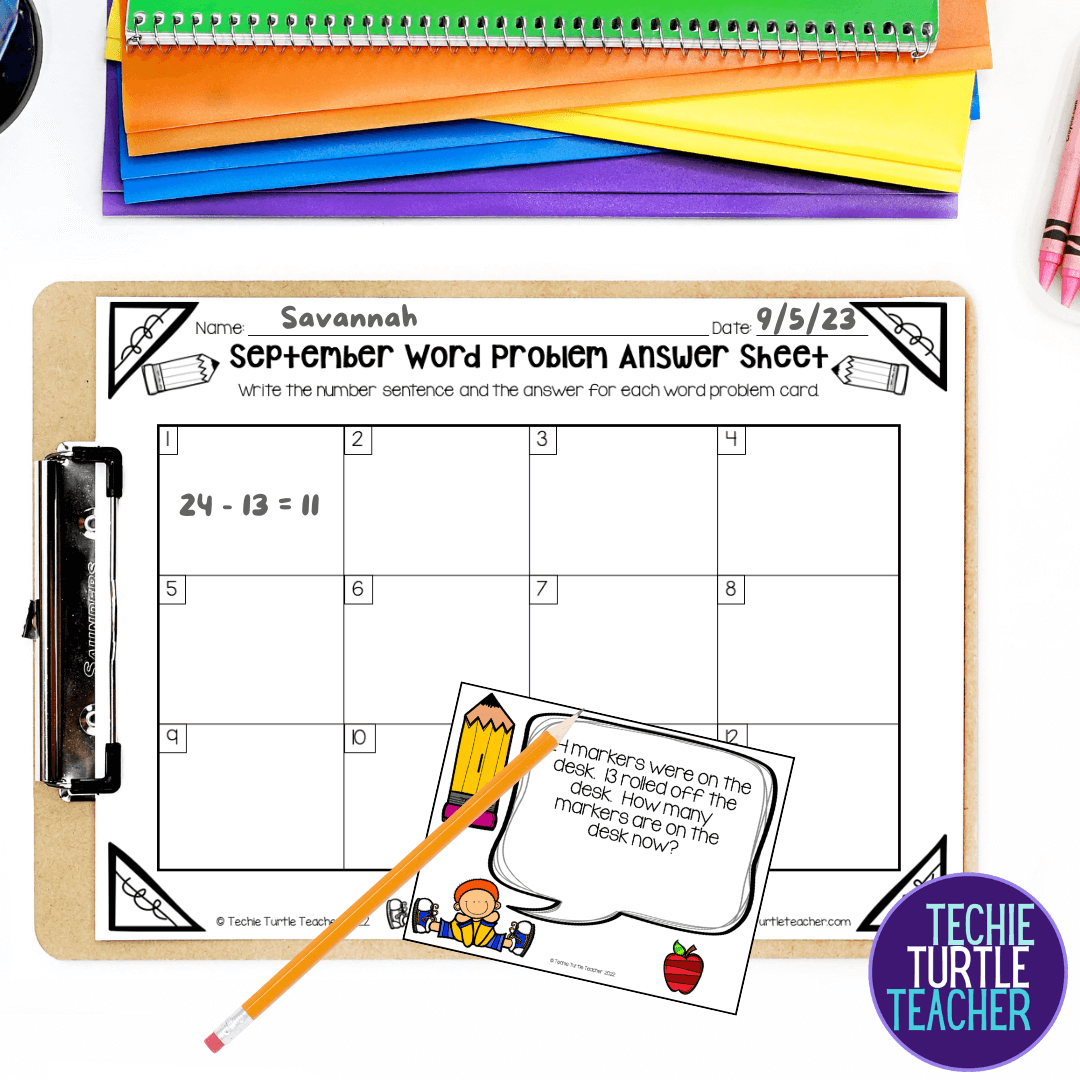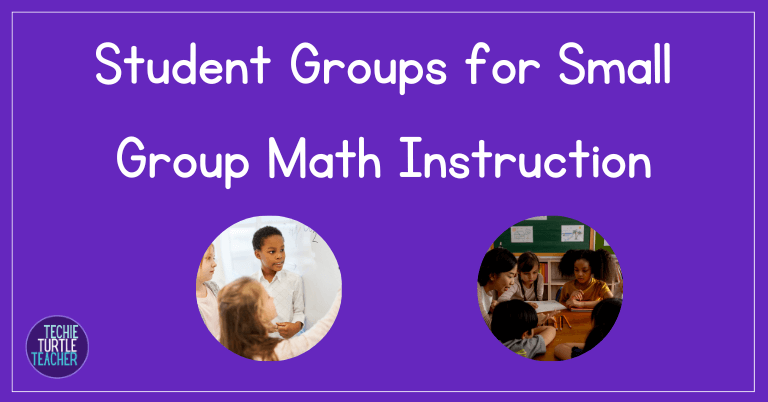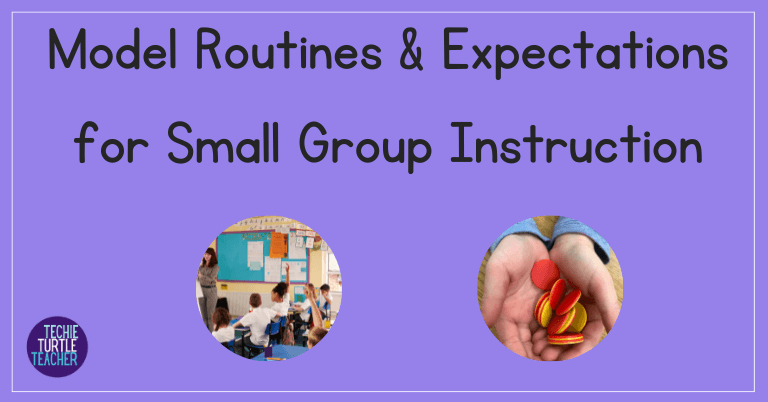Are you struggling to create a structured classroom environment?
You’re not alone, and there is a solution: small group math routines.
Sticking to a routine during small group math instruction is super important.
Imagine your students walking into the classroom each day, knowing exactly what to expect.
They thrive on routine and knowing what to do each day.
Consistency and predictability reduce anxiety and foster a sense of stability for your students.
When they enter the classroom and see the same structure daily, they feel more secure and ready to engage in learning.
This stability is crucial, especially in early elementary grades like K-2, where students are still developing their sense of time and organization.
Let’s transform your classroom into a place where routines build confidence, independence, and a love for learning.
Master Time Management with Small Group Math Routines
Routine helps you, the teacher, with time management.
By having a set structure for your math lessons, you can more easily plan your instructional time and ensure that all necessary content is covered.
For example, if you know that Monday is for introducing new concepts and Tuesday through Thursday is for practice and reinforcement, you can plan your lessons more effectively.
This might look like introducing place value concepts on Monday, practicing with hands-on activities on Tuesday, using games for reinforcement on Wednesday, and assessing understanding on Thursday.
Finally, on Friday, you can review the week’s learning and address any remaining questions or difficulties.
This structured approach ensures comprehensive coverage and reinforcement of key math skills.
Build Positive Learning Habits and Independence Through Routine
Your students will establish positive learning habits when they know what is expected of them and what is coming next.
When students know that after the warm-up they will move to math centers, they begin to build a mental framework for their day.
This anticipation and understanding help them transition smoothly between activities and stay focused.
For instance, students will learn that after the morning routine of counting the days on the calendar, they will move to their small group for practice.
This predictability minimizes downtime and maximizes learning time.
Routine builds independence when students know the expectations.
They don’t have to ask you for help because they know what to do.
When students are familiar with the sequence of activities and the materials they will use, they become more autonomous in their learning.
For example, if every day after the lesson, students know to pick up their math journals and work on subtraction problems, they will do so without needing constant reminders.
This independence is vital for developing self-directed learners who can manage their tasks effectively.
When you use similar resources throughout the year, such as these word problem task cards for every month, it helps students recognize the routine.
Familiarity with the format and structure of resources allows students to focus on the content rather than figuring out new instructions.
For instance, if you use the same style of task cards for word problem practice each month, students will quickly know how to approach the tasks, regardless of the specific content.
This means not interrupting you to ask questions about what to do!
This consistency enhances their ability to concentrate on solving the problems and applying their math skills.
Monthly Word Problem Task Cards
Use these word problem task cards for each month to help your students stick to a routine.
Check out the September 2-digit version or the full year bundle.
Routines Transform Your Classroom
Incorporating a routine in your small group math instruction not only helps with classroom management but also supports your students’ academic growth and emotional well-being.
By providing a predictable and structured environment, you give your students the best chance to succeed and develop a love for learning math.
Grab Small Groups Activity Guide
Pin this to Pinterest for later





